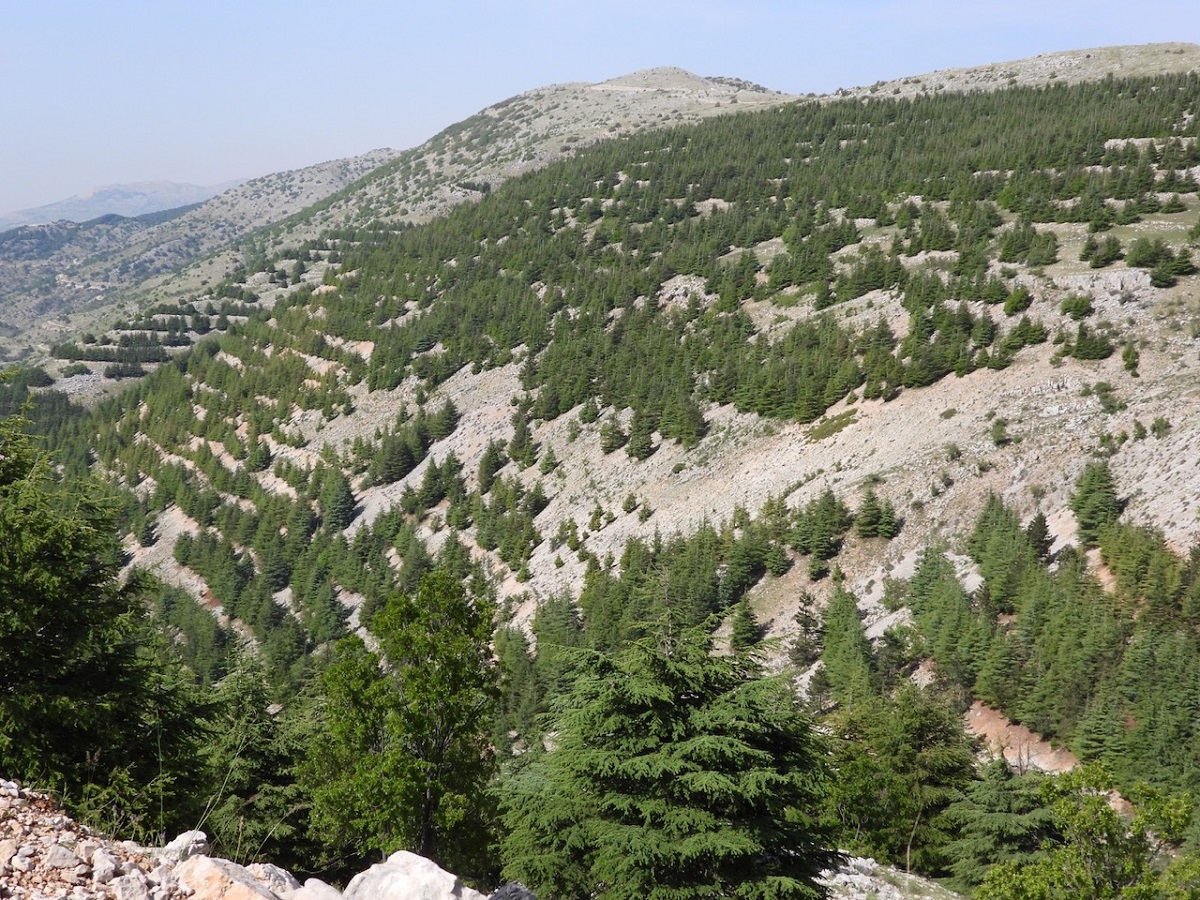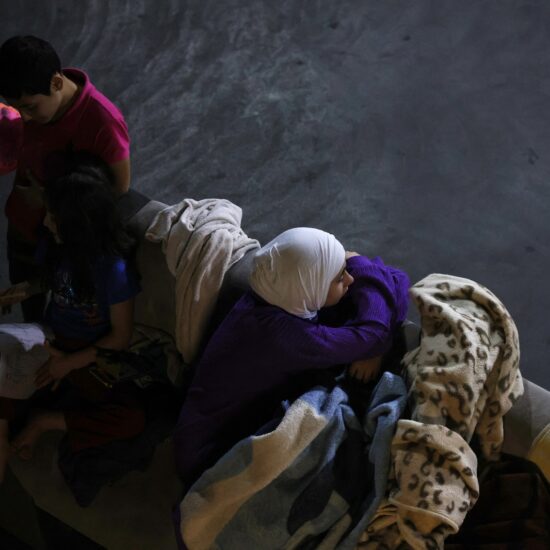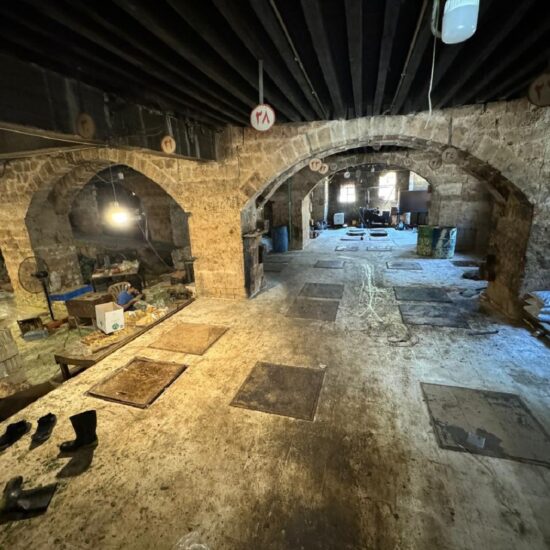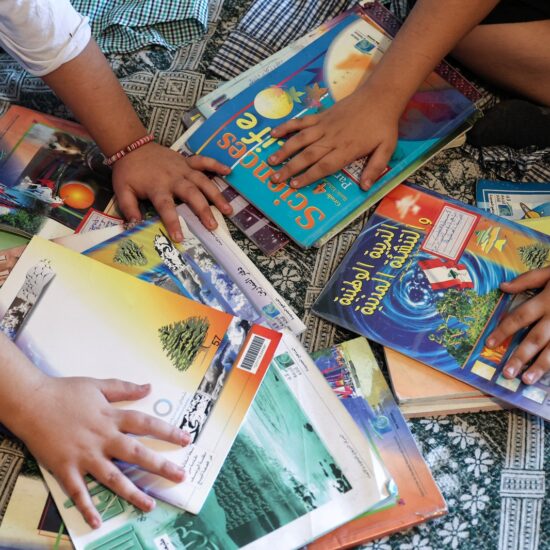
Climate change is threatening Lebanon's sacred cedar trees.
Cedar trees are known globally and historically, for being amongst the most robust on earth. In Lebanon, they are the national icon of the country. It is one of Lebanon’s few unifying symbols, the cedar is emblazoned on the Lebanese flag, the currency and the national airline, however, new threats are chasing the cedars, caused by global warming and climate change.
The comfort level for cedars has been challenged by the escalating heat, which has forced the trees to seek out colder upcoming winters by migrating towards newer heights in the mountains.
“Temperatures have risen considerably in our region,” notes Nizar Hani, Director General for the Shouf Biosphere Reserve, “resulting in approximately 0.7-degree elevation above the yearly average temperature.
Lebanon’s government predicts a potential two-degree Celsius temperature rise and a 20% decrease in rainfall by 2040. This could lead to a 40% reduction in snow areas, potentially limiting cedar growth to mountainous regions in the country’s North by the end of the century if temperature trends align with expert predictions.
The Cedars serve as a testament to the presence of the Lebanese people, and embody their resilient spirit. Presiding silently for centuries, they bear witness to the country’s rich and varied history.
Efforts are underway among various Lebanese organizations focused on redressing the decline of cedar populations, working with the aim of broadening terrains and replenishing trees to minimize endangerment. Their action emphasizes expanding the scope of currently existing forests, as well as reinforcing their capacity to withstand likely shifts in climate and changes in ecological conditions in the future.
By collaborating with nearby communities, the Lebanon Reforestation Initiative (LRI) and its counterparts in Lebanon have succeeded in enriching the area by planting a vast selection of native trees – cedar, fir, juniper, pine, oak, and other trees to encourage the advancement of a thriving forest for both safeguarding enhanced biodiversity and fire prevention.
Director of LRI, Dr. Maya Nehme claimed that the Lebanese cedar is under threat from various sources. Due to an increasing population, people continuously build houses disregarding the regions where cedars are meant to spread naturally or connect with other forests.
A significant danger arises in areas with a significant number of private lands whereby human interventions may threaten the apparent longevity of cedar trees.
According to Nehme, Lebanon’s iconic cedar trees have not only recently been impacted by changing snow patterns brought on by climate change, but have also suffered from a long history of fragmentation caused by the ruthless felling practices of ancient civilizations.
“Although replanting has been practically non-existent, humans continued to harvest the remaining trees for construction and trade,” Nehme explained.
The current state of the forests is fragmented with smaller and disjointed cedar stands. This lack of connectivity poses significant challenges to forest regeneration, genetic diversity and continuity. Thus, LRI aims to bridge the gaps by replanting the empty spaces between the existing cedar forests. With a continuous forest cover attained in this manner, long-term survival of the forest is achievable.
“Additionally, better genetic mixing and diversity would enable forest regeneration to occur more successfully,” Nehme told NOW.
Within two decades, over 3500 hectares of forest have vanished from Lebanon’s landscape. With the country’s crisis, the Lebanese government finds its hands tied due to insufficient resources to address the issue. However, with the funds they do rely on, scientists and research organizations are striving to explore the effectiveness of natural defense mechanisms to control the proliferation of harmful insects and diseases that threaten the stability of cedar forests nationwide.
Dr. Nabil Nemr, a forest entomologist at Lebanon’s Holy Spirit University of Kaslik has studied the cedar ancient trees for more than two decades. He explained to NOW how cedar trees are being impacted by diseases.
“’It has become apparent that cedar trees are losing their ability to regenerate at various heights due to changes in soil humidity caused by a lack of snow cover,” Nemr said.
“Complications arising from the ramifications of climate change, such as an increase in temperatures, are affecting selected concentrations of the cedar ecosystem resulting in widespread cases of new invasive diseases. This is particularly troubling as insects typically regenerate more frequently under such conditions and hinder the vital growth of new rejuvenating shoots” Nemr explained to NOW.
Insects, awakened by the melting snow, emerge early and proceed to lay their destructive eggs all over young cedars, inhibiting healthy growth and development throughout.
The experts interviewed in this article all agreed that when cedar trees are exposed to the challenges tied to climate change in their ecosystem either due to drought conditions or high temperatures, they and their needles become more vulnerable to infestation and disease from invasive species.
“In a country stricken by a harsh economic crisis like Lebanon, every small action matters and results in a positive impact, even if it is seemingly minor in quantifiable terms,” clarified Dr Nemr.
The lack of interference from the Lebanese government also exacerbates the situation. Although legally protected, Lebanon’s forests are often left vulnerable due to the lack of proper enforcement from state authorities.
Samer Khawand, an employee at the Ministry of Agriculture in Lebanon, told NOW that preserving cedar trees requires joint efforts by authorities and society.
The Ministry is aware of the current threats on Lebanon’s cedar trees but with a paralyzed state, there is almost a zero budget allocated towards this issue, the reliance is mainly on NGO’s, international funds and research institutions.
Appreciating the significance of these species, the Ministry, in collaboration with national experts, social organizations, and activists have been assertive in securing global investments to preserve them, oversee their variety of native plants, and counteract environmental disruptions at scales ranging from national to regional.
Rodayna Raydan is a Lebanese-British journalist. You can follow her on Twitter @Rodayna_462








